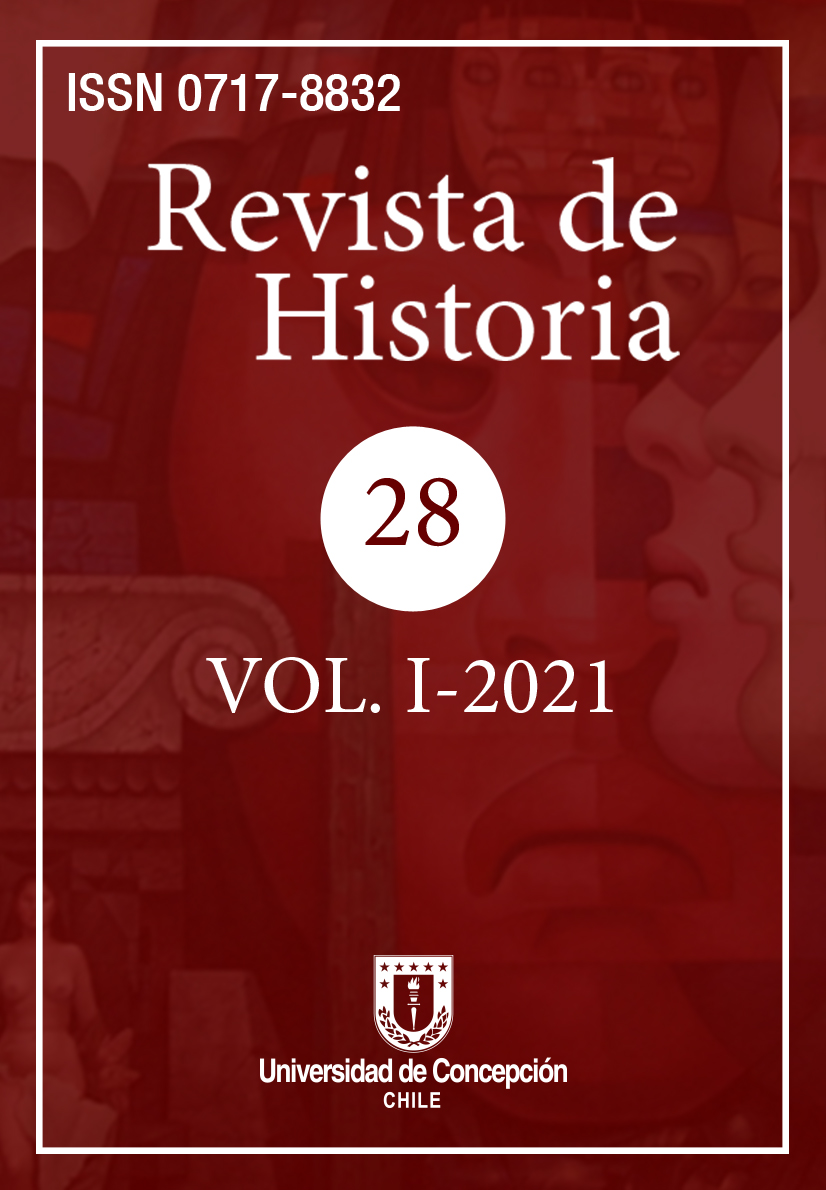Bolivian men and women Chuquicamata. Characterization of migratory flows from the artisanal mining period to the industrial era (1881-1942)
Keywords:
Chuquicamata, Bolivian migration, The Chile Exploration Company, The Anaconda Copper, copper miningAbstract
The analysis of primary sources, such as bureaucratic documents of migratory control, documentary and newspaper archives, allows a quantification and characterization of the Bolivian migration in Chuquicamata between 1881 and 1942. We present the years of entry of Bolivian men and women, as well as their places of origin, occupation, marital status, age, and literacy. We frame our analysis according to four major stages from a period of artisanal exploitation to industrial exploitation under US capital. We identify a first period during the Pacific war (1881-1884), a second pre-industrial period (1885-1911), a third period of industrialization under Guggenheim family capital (1912-1922) and a fourth period of expansion and exploitation by Anaconda Copper (1923-1942). Although underestimated by the contemporaneous chronicles of each period, we argue that the Bolivian migrant labor force was fundamental for the maintenance and development of copper mining in Chuquicamata, both during its artisanal exploitation stage and the first decade of the industrial era.
Downloads
Published
How to Cite
Issue
Section

This work is licensed under a Creative Commons Attribution 4.0 International License.






